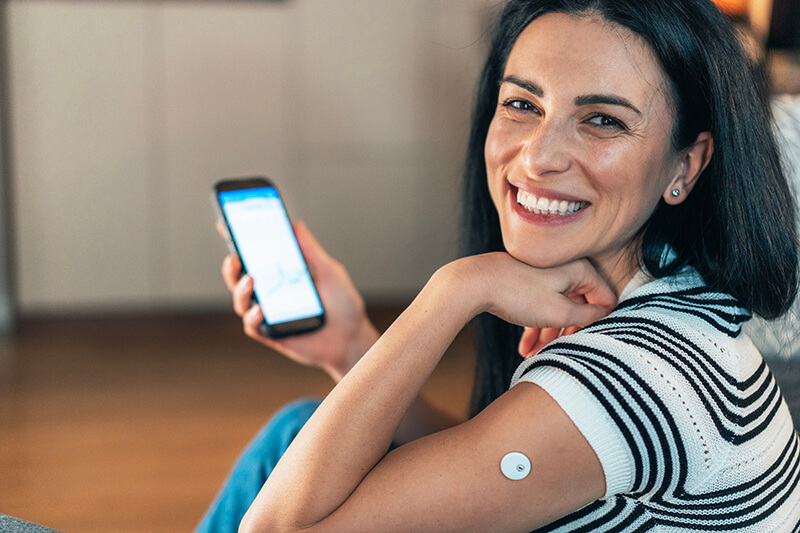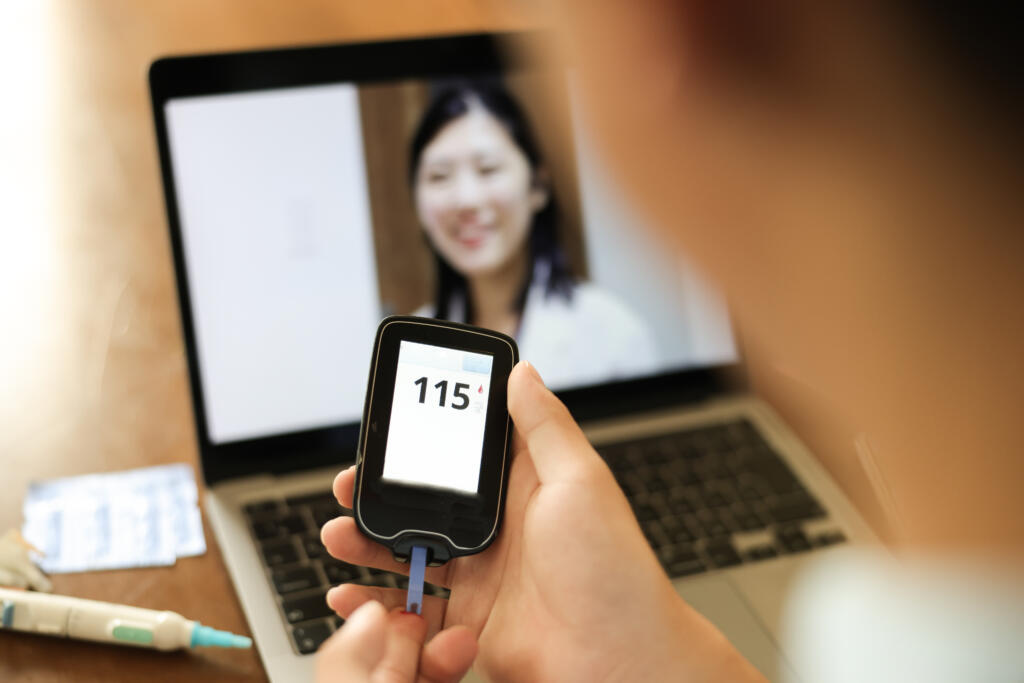Checking blood sugar
With type 1 diabetes, the amount of sugar in the blood can be too high, too low, or in the target range.
Blood-sugar levels
Checking blood sugar is a vital part of type 1 diabetes (T1D) management. With T1D, the amount of sugar in the blood can be too high, too low, or in the target range. Blood-sugar levels need to be monitored frequently during the day and overnight.

Everyone is different, but for most people with T1D, the goal is to keep blood sugar between 70 and 180 milligrams of sugar per deciliter of blood (mg/dL). Very young children and older adults often have individualized targets. Talk with your healthcare provider about the right blood sugar range for you or your loved one.
Learn more about blood sugar
Having too much sugar in your blood is called high blood sugar, or hyperglycemia. Get more information about the symptoms and treatment of high blood sugar.
Having too little sugar in your blood is called low blood sugar, or hypoglycemia. Get more information about the symptoms and treatment of low blood sugar.
Ways to check blood sugar
Continuous glucose monitor (CGM)
Continuous glucose monitors (CGMs) represent arguably the most transformative breakthrough in T1D management since the discovery of insulin.
CGMs measure the tissue-glucose levels in real-time via a sensor just under the skin. The levels are then relayed to a receiver, smartphone, or insulin pump, which displays the readings. There are several different types of CGMs available on the market today; some are worn for 10 to 14 days, and one is implanted and lasts for 180 days.
CGMs can be programmed with customizable alarms that alert the user (and, if desired, caregivers and loved ones) when blood sugars are high, low, or rising or falling quickly.

Glucometer (blood sugar meter)
A glucometer, or blood sugar meter, is commonly used for checking blood sugar. This involves taking a small drop of blood, usually by pricking the fingertip, and placing it on the test strip in the glucometer. Blood-sugar levels are measured in milligrams per deciliter (mg/dL). These readings give an accurate measurement of blood-sugar levels at that moment in time.

What is time-in-range?
Time-in-range (TIR) is a measurement that tells you what percentage of the day your blood sugars are in the target range. Measuring TIR is made possible with a continuous glucose monitor (CGM) because this technology takes new readings of your glucose levels every 1-5 minutes.
While using a CGM, you’ll work with your healthcare team to set personalized “low” and “high” targets that determine the appropriate goal range for your blood-sugar levels.
Get support
Find your local chapter, attend an event, or join an online community summit to connect with other people living with T1D.